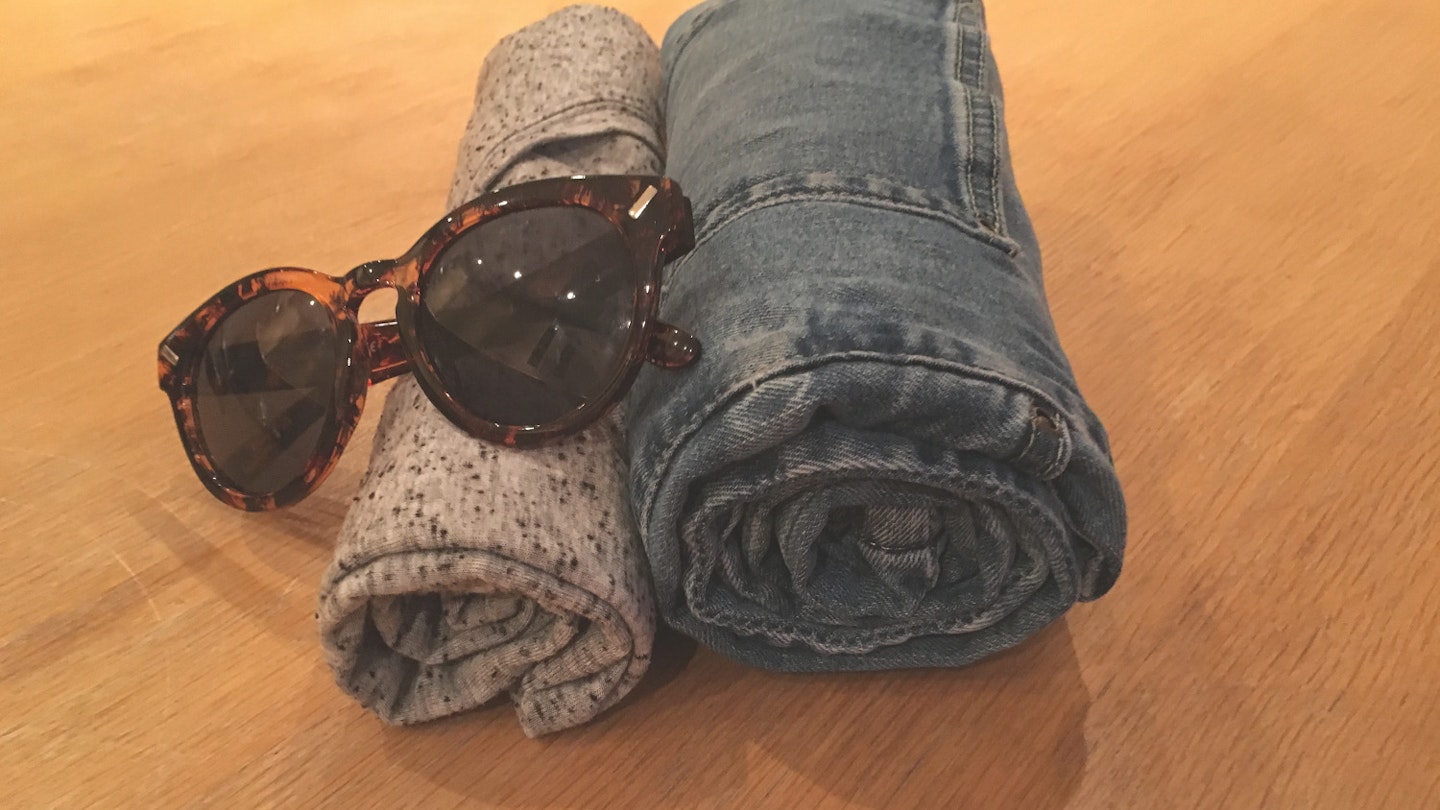Packing Techniques for Travelers
Packing is a necessary task that all travelers must endure, and when it comes to doing it effectively, few achieve perfection. Whether you’re struggling with a bulging suitcase or looking for tips to enhance your packing skills, this guide offers various methods to become a master at packing.
Method: Rolling
Join the jet set. Regular travelers swear by the rolling method for its space-saving, crease-free advantages.
For coats, jackets, T-shirts, jumpers, shirts, blouses, dresses:
- Step 1: Hold the garment with the front facing you. Pinch the shoulders halfway along between your thumb and forefinger while bringing your other fingers to the front. If the garment has a hood, flip it back.
- Step 2: Twist your wrists inwards to turn the sleeves to the back, allowing the outer edges of the sleeves to touch.
- Step 3: Lay the garment on a flat surface front down and fold in half, bringing the neck down to the base of the garment.
- Step 4: Neatly arrange into a rectangle.
- Step 5: Tightly roll up the garment.
For trousers, shorts, tube dresses, and straight skirts, fold in half following the tailoring and tightly roll from the hem.
Pro: Saves space and avoids creases. Con: Requires mastery for speed and must be fully unpacked at the destination.
Method: Tetris-style
This technique turns packing into a fun puzzle. Combine blocks of different shapes and sizes to form complete rows. Stack your rolled and/or folded clothes either vertically or horizontally; there’s flexibility in this game. However, this method works best if you can fully unpack at your destination and is not recommended for backpackers on the go.
Pro: Ultimate space-saver; great for families as it makes the task enjoyable. Con: Requires puzzle-solving skills, as one misplaced item can disrupt the whole packing system.
Method: Folding
The folding method is likely the most popular approach to packing, though it can be criticized for creating additional creases.
For coats, jackets, T-shirts, jumpers, shirts, blouses, dresses:
- Step 1: Hold the garment up with the front facing you, pinching the shoulders and positioning your other fingers at the front. If the garment has a hood, flip it back.
- Step 2: Twist your wrists to turn the sleeves back, making the outer edges touch.
- Step 3: Lay the garment flat and fold it in half, bringing the neck down to the base.
- Step 4: Arrange into a neat rectangle.
- Step 5: Fold again as necessary.
For trousers, shorts, tube dresses, and straight skirts, fold the garment in half vertically following the tailoring and continue to fold until the desired size is achieved.
Pro: Functions as a mobile storage method without needing to fully unpack. Con: More prone to creases and less space-efficient than rolling.
Method: Bottom-Heavy
When packing, always place heavy items like shoes, toiletries, and electronics at the bottom of your luggage. This gravity-friendly tactic minimizes creases but consider accessibility—if you have a heavy coat, pack it at the top if traveling to an area with unpredictable weather.
Pro: Prevents top-heaviness when moving and helps reduce wrinkles. Con: Can create accessibility issues for backpackers.
Method: Bundling
This method is becoming popular and may even feel like a styling challenge.
- Step 1: Lay a jacket flat with its collar down and arms out.
- Step 2: Position a long-sleeved shirt on the jacket at 180 degrees, collar up. Ensure the top of the shirt collar is halfway down the jacket.
- Step 3: Layer garments in alternating directions, going from most-tailored to least-tailored.
- Step 4: Fold trousers and shorts in half and align them with the shirt arms.
- Step 5: Continue building the bundle.
- Step 6: Use underwear to create a core and wrap all items around it until forming one large bundle.
Pro: Leads to fewer wrinkles compared to folding. Con: Some items remain inaccessible until fully unpacked.
Method: Stuffing
If you tend to pack at the last minute, stuffing may be your ideal solution. This method is chaotic and often deemed the least effective way to pack.
- Step 1: There are no rules; you can pack anything in any manner.
Pro: Suitable for various bag types and doesn’t require much thought. Con: Likely results in wrinkled clothing and inefficient use of space.
Method: Creating Compartments
The compartmentalized approach is excellent for the organized traveler. Invest in packing aids like pods and bags to separate items or utilize lightweight expandable packing cubes.
Consider a color-coding system for quick item identification. Alternatively, you can create compartments using household items, such as a large makeup bag for delicates, resealable kitchen bags for cables, or old glasses cases for jewelry protection.
Pro: Items are easily accessible. Con: Can be an added expense, and the containers might take up space and weight.





